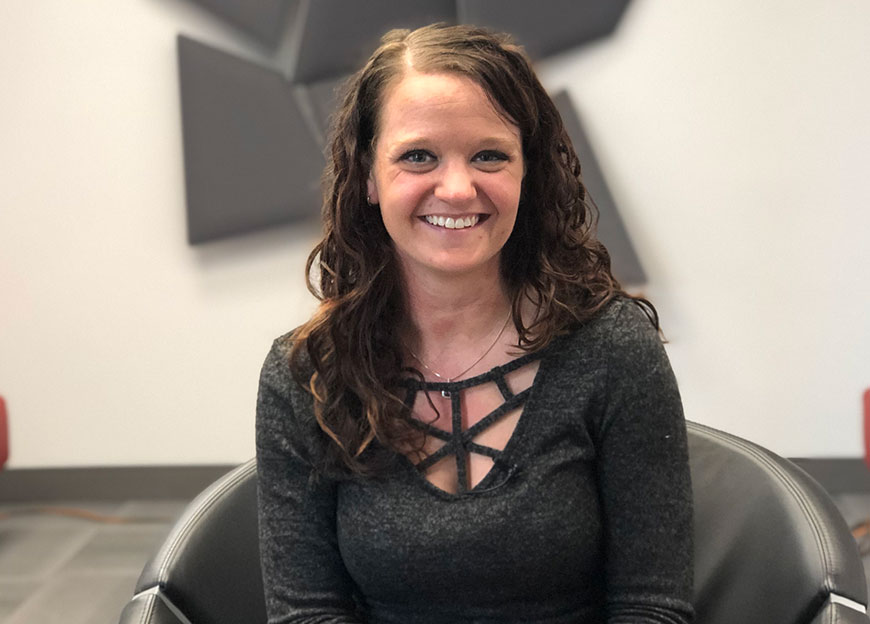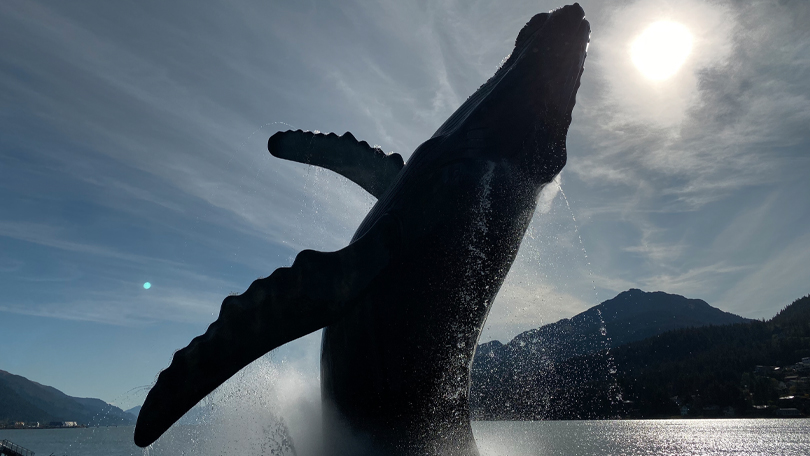
Alaska…Land of the Midnight Sun…The Last Frontier. It’s one of those places that has a glamour to it. Nearly everyone thinks it would be an amazing place to visit but so few of us actually get there. We talked to two veteran travel nurses, Mike Brown and Katina King, about their experiences travel nursing in Alaska. It was a first-time adventure for both, and neither knew what to expect. Thanks to their stories, you can now learn what it’s really like working as a travel nurse in the 49th state.
How travel nursing in Alaska is the same…and different
A machinist before he started a nursing career at the age of 40, OR nurse Mike Brown has been travel nursing for the past six years. He loves to travel and jokes about it, “That’s one of the reasons I became a travel nurse — to travel and let you guys pay for it.” His wife accompanies him whenever she can, as she did for part of his visit to Alaska.
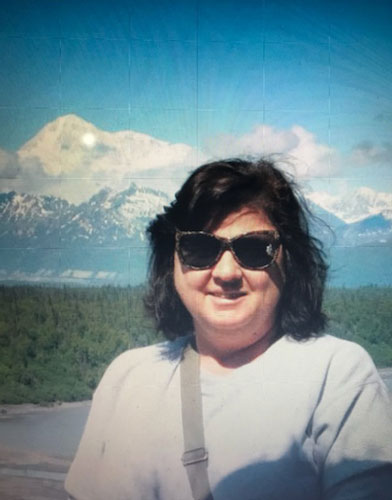
Katina King is also an OR nurse and a 39-year nursing veteran. She took up travel at the invitation of a traveler friend and has been doing it ever since — for 21 years now.
Being veteran travel nurses, they had both worked in ORs across the U.S., and Alaska’s were not very different. However, the patient population was. “The population is really young, so you’re not really dealing with too many long chronic diseases,” Mike says of his Fairbanks assignment. “You’re dealing with a lot of broken bones and general surgeries.” Juneau, another assignment location, offered different types of surgeries due to a transient population.
Most of the medical colleagues Mike worked with weren’t from Alaska. “Out of the whole OR, there were only two native Alaskans. The rest were from all over the country. A lot of them from Florida, some from Arizona. Most of the people there are implants, at least the ones I dealt with.”
Katina had a similar experience. At her Anchorage assignment, she says, “We were half the staff. There were 20 of us travelers in one department alone. I think there were over 100 travelers at the hospital. I couldn’t get over that.”
Surprising health issues
The Juneau harbor fills with cruise ships from around the world. The number of non-Alaskans to Juneau tops 800,000 each year — about half of the total annual number of Alaska visitors.
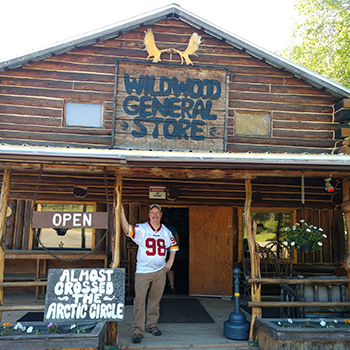
“You can’t even get on a sidewalk when those cruise ships come in,” says Mike. The OR did quite a few “belly surgeries because of the people from the ships. A lot of these people? It’s kind of like their last hurrah. It was on their bucket list, things they’ve got to do before they move on — and they really shouldn’t have been on the ship.”
Katina learned about Alaska’s #1 health issue while not in the hospital.
A grocery store clerk carded her buying wine. He dismissed her explanation that she was an out-of-stater. “Doesn’t matter. If you have a DUI, it’s going to show on your license, and we’re not going to sell to you.”
Alaska’s alcohol-related death rate is three times higher than the national average. The months of darkness, snow and cold weather, she concludes, contributes to the crisis.
Taking in the natural beauty
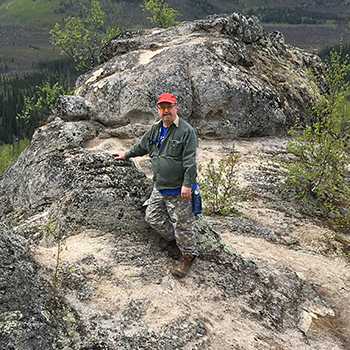
When his shifts ended, Mike fled the cruise ship crowds and took to Juneau’s many hiking trails. “We’d go probably once or twice a weekend. Just take off and go for two or three hours and then have lunch or whatever. The places we hiked up to were beautiful.”
Katina worked six days on, six days off. “I was out and about to everything I could drive to and see. With so many travelers, we would get together and do things. Someone would say, ‘Hey, I’m looking at doing this this weekend. Anybody else up for it?’ And you’d do things with other travelers or staff.”
“There’s a ton of stuff to do,” says Mike. “From hot springs and spas to art museums to North Pole. We did all kinds of hiking and animal sightseeing.” Even salmon fishing. “You can catch salmon right off the beach, and they are ungodly delicious. One salmon will probably make five or six meals for one person.”
Coping with 24 hours of daylight
“I was there April to August, and 24 hours of daylight didn’t bother me,” Katina says. Years of working nights, sleeping days sure helped. “I thought it was great that I could still see and do things late in the day. I’d get off work at 9:00 at night, and people are outside grilling, and I’m like, ‘You people should go to bed’,” she laughs. She squeezed in unforgettable expeditions with friends to Denali National Park and Preserve, the Arctic Circle, North Pole, Fairbanks, Valdez, and Seward.
It took Mike a little time to adjust to perpetual light, but he says, “They have blackout curtains pretty much in all the rooms. After your body gets used to it, it’s nothing.”
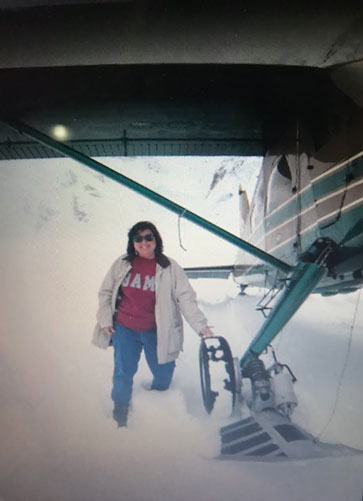
The six-month assignments also helped fit a lot in. Mike explains, “You get to see what the natives see because you’ve got time. You don’t have to rush it all in a week. When somebody says something to you, and you think it’s interesting, you go.”
He says he did so much that “by the end of my assignment, people that live there were asking me where to go.”
Advice to would-be Alaska travelers
Mike advises those considering travel nursing in Alaska to pack warm clothes even for summer assignments. Although temps can average in the 65 °F – 70 °F range, evenings can get cool.
Katina offers, “10-12-hour shifts are the best. You don’t want to get stuck in an eight-hour shift because some things you’re going to have to drive to.” And she adds, “Be open, and people will be more willing to be open to you.”
Looking for your next travel nursing adventure? Give us a call at 800.866.0407 or view today’s travel nurse job opportunities.









